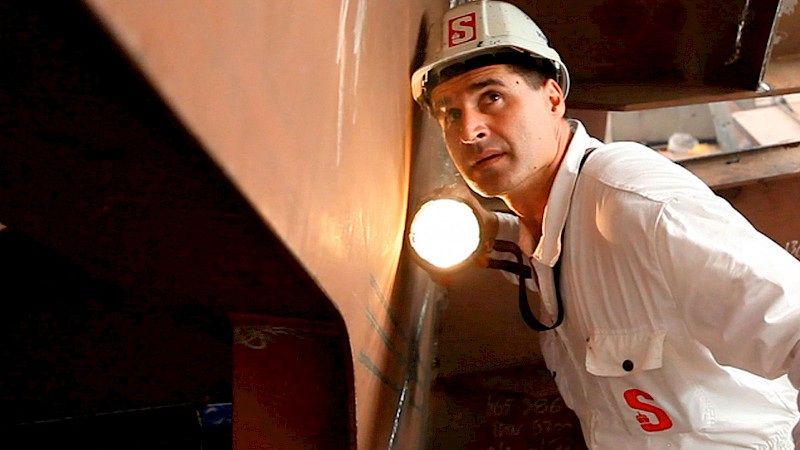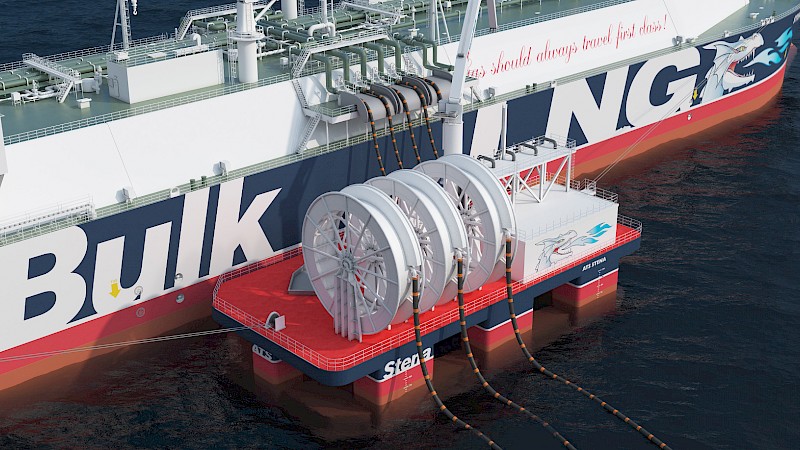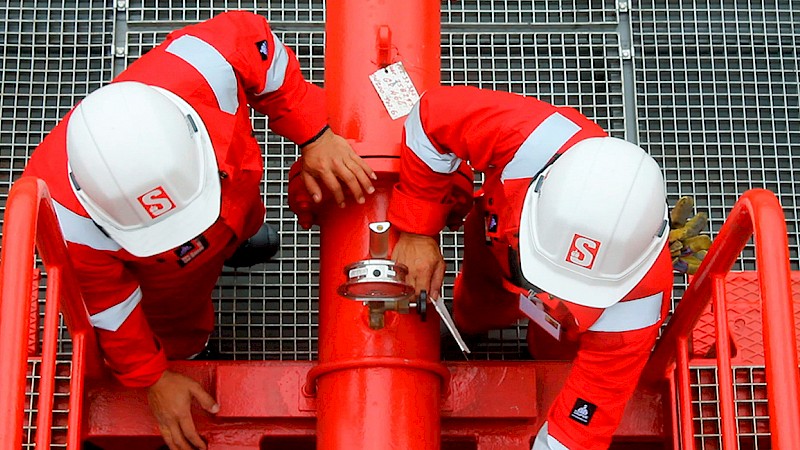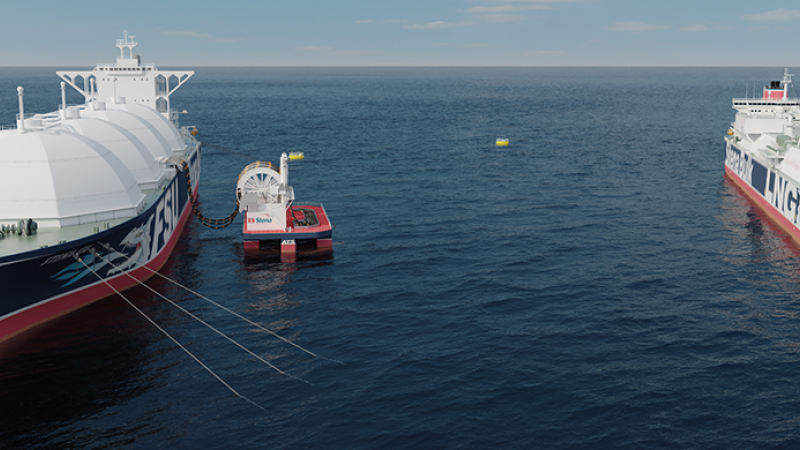Northern Marine Ltd
Highly tailored ship and offshore asset management
Visit northern-marine.com
In comparison with fixed jetty infrastructure, Jettyless solutions offer Cost, Safety, Availability and Uptime, Flexible Redeployment and Environmental advantages. Our technologies are available to purchase, lease or sublease, offering clients considerable commercial advantage. Find out more below.
Construction in a controlled environment of a shipyard provides better control of safety and quality. The SRP solution also enables bespoke options for your project; for example the possibility of using Forced Ambient Air Vaporizers (FAAS) as regasification system, eliminating the use of seawater for heating of the LNG.
The technologies are also scalable. As an example, your project can start with an older small FSU with a low regasification capacity SRP. At the second stage of development, the FSU could be replaced to a larger vessel and a second SRP could be added. Meaning you can gradually grow capacity and total investment simultaneously in a measured and controlled manner.
As well as transfer to conventional sized LNG Carriers, the JFT has the adaptability to provide safe break bulk loading to small scale LNG carriers.

Our relocatable Jettyless solutions offer considerable cost efficiencies in comparison to jetty moored FSU / FSRUs. We work with our clients to offer solutions which meet their requirements, including flexible leasing terms. With minimized infrastructure, our solutions offer quicker gas-to-market capability. For construction, we always try to accommodate the client's preferred choice of yard, providing expected standards are met.
Furthermore, substantial OPEX savings will be achieved as the facilities will require fewer crew and less maintenance than other solutions that may be kept on standby or require to leave as a result of strong wind or high waves (for example a jetty moored FSRU).



All systems and units are floating, making them simple to relocate. No large jetty structures or other fixed infrastructures will have to be removed with corresponding additional cost and environmental consequences.

This entails respect for the precautionary principle, with the aim of protecting the environment, preventing pollution, increasing the efficiency of energy use and minimising waste and greenhouse gas emissions.
